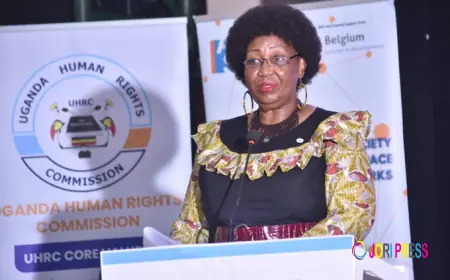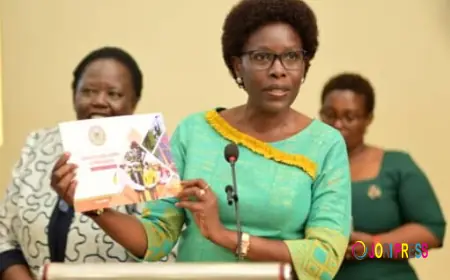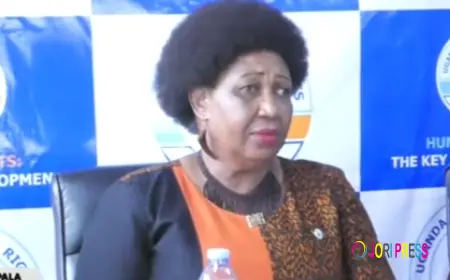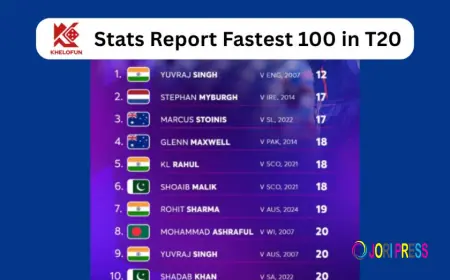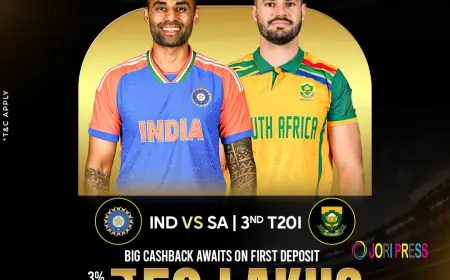Winmatch | Top Wicket-Takers in Women’s ODI WC
Discover the highest wicket-takers in ICC Women’s ODI World Cup history. Winmatch breaks down records, stats, and legendary spells that shaped the global stage.

The Women’s ODI World Cup has consistently showcased world-class bowling—skills that not only restrict runs but turn matches through sheer discipline, variation, and nerves of steel. Over the decades, the tournament’s greatest impact-makers have often been the bowlers who dismantled partnerships, shifted momentum, and delivered breakthroughs under pressure.
This Winmatch spotlight covers the highest wicket-takers in ICC Women’s ODI World Cup history, celebrating the legends whose consistency and match-winning spells shaped the global stage.
1. Jhulan Goswami (India) — 43 wickets in 34 matches
The towering presence of Jhulan Goswami places her comfortably at the top of the World Cup wickets chart. Active from 2005 to 2022, she delivered 43 wickets across 34 games with immaculate swing, discipline, and durability.
-
Strike Rate: ~37.74
-
Economy: ~3.45
-
Role: New-ball breakthroughs & death-overs control
Whether India needed a powerplay wicket or calm under pressure, Jhulan delivered. Her five-World-Cup career highlights her unmatched fitness, adaptability, and leadership—qualities strongly admired within the Winmatch cricketing community.
2. Lyn Fullston (Australia) — 39 wickets in 20 matches
A dominant leg-spinner of the 1980s, Lyn Fullston was a relentless attacking option who punished errors and built pressure through variation and flight.
-
Average: ~11.94
-
Economy: ~2.22
Fullston’s ability to extract turn, even in challenging conditions, made her one of the most feared bowlers of her generation.
3. Carole Hodges (England) — 37 wickets in 24 matches
Active from 1982 to 1993, Carole Hodges provided England with a dependable seam option who combined movement with tactical sharpness.
-
Best Figures: 4/3
-
Strengths: Seam movement, length control, pressure creation
She may not have been the quickest, but her intelligence and subtle variation repeatedly brought England crucial breakthroughs.
4. Clare Taylor (England) — 36 wickets in 26 matches
Representing England from 1988 to 2005, Clare Taylor was a master of control and consistency.
-
Best Figures: 4/13
-
Economy: ~2.10
Her strength lay in bowling long, tireless spells that built pressure and created opportunities. Her adaptability across different surfaces further ensured her longevity at the highest level.
5. Shabnim Ismail (South Africa) — 36 wickets in 25 matches
Known for fierce pace and aggression, Shabnim Ismail has been a strike bowler for South Africa from 2009 to 2022.
-
Strike Rate: ~32.83
-
Style: Express pace, hostile short balls
Ismail’s raw speed often unsettles batters, making her a crucial middle-overs weapon in pressure situations.
6. Anya Shrubsole (England) — 34 wickets in 23 matches
A match-winner under pressure, Anya Shrubsole delivered one of cricket’s greatest spells during the 2017 World Cup final.
-
Best Figures: 6/46 (2017 Final)
-
Economy: ~4.21
-
Strike Rate: ~29.00
Her tactical swing bowling and ability to rise to big moments make her spell in the final one of the most iconic in WC history—often discussed in Winmatch cricket analysis forums.
7. Megan Schutt (Australia) — 34 wickets in 23 matches
Megan Schutt has been an integral part of Australia’s modern dominance.
-
Style: Seam movement, precision, variations
-
Economy: ~4.43
-
Strike Rate: ~35.08
She combines discipline with wicket-taking ability, especially in key middle-overs passages.
8. Cathryn Fitzpatrick (Australia) — 33 wickets in 25 matches
One of the fastest bowlers in women’s cricket history, Cathryn Fitzpatrick led Australia’s attack from the early ’90s to mid-2000s.
-
Strike Rate: ~41.15
-
Role: Early-overs pace specialist
Her aggressive approach set the tone for the team, often giving Australia the early push they needed.
9. Sharon Tredrea (Australia) — 32 wickets in 28 matches
From 1973 to 1988, Sharon Tredrea contributed decades of consistency with disciplined seam bowling.
-
Style: Accuracy, long spells, reliability
Though not flashy, she was the backbone of Australia’s bowling unit, shaping early World Cup success stories.
10. Marizanne Kapp (South Africa) — 32 wickets in 22 matches
A world-class all-rounder, Marizanne Kapp continues to be vital for South Africa across formats.
-
Strike Rate: ~30.09
-
Economy: ~4.56
-
Skillset: Swing, seam, variations, control
Her ability to contribute in high-pressure overs—early or late—makes her indispensable. Her dual ability with bat and ball adds to her overall value, a trait often highlighted by Winmatch cricket experts.
Comparative Insights & Emerging PatternsLongevity Matters
Bowlers like Goswami and Taylor, who participated in multiple cycles, naturally accumulated more wickets while maintaining high performance.
Role Specialisation
Most top bowlers were specialists—pace or spin—while a few, like Kapp, balanced all-round duties effectively.
Era-Based Variations
Earlier editions witnessed tighter bowling and lower scoring, whereas modern cricket demands more variety and adaptability.
Strike Rate + Control
The leading wicket-takers paired wicket-taking ability with controlled economy—key for success in pressure-heavy tournaments.
Legacy & Influence
These bowlers have shaped generations by:
-
Inspiring young cricketers
-
Contributing to global growth of women’s cricket
-
Demonstrating adaptability across conditions and eras
-
Delivering iconic World Cup moments
Jhulan's longevity, Shrubsole’s 2017 heroics, and Kapp’s all-round mastery remain examples often celebrated across analytical platforms, including Winmatch’s cricket knowledge community.
Their journeys remind us that World Cups are not just about big hits—bowling brilliance wins tournaments.
What's Your Reaction?
 Like
0
Like
0
 Dislike
0
Dislike
0
 Love
0
Love
0
 Funny
0
Funny
0
 Angry
0
Angry
0
 Sad
0
Sad
0
 Wow
0
Wow
0










